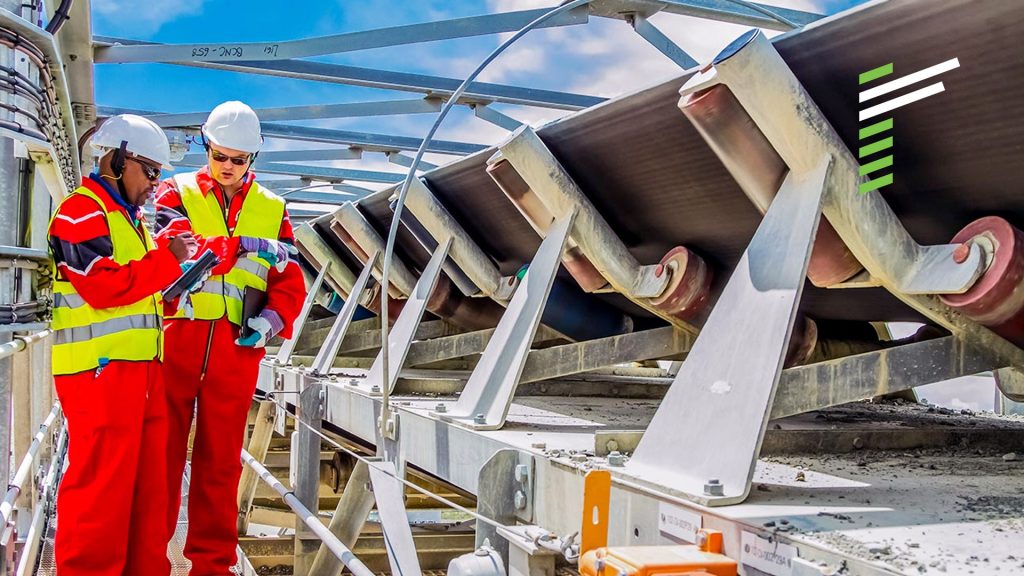- Is it possible to achieve zero days delay in turnaround schedule performance? Why is break-in work so common?
- We have carried out detailed pre-turnaround planning and preparation, but have often experienced extensions. How can we solve this?
- How can we improve our shutdown after years of facing delays caused by supply chain and logistics issues?
- How can we effectively manage safety and work execution with so many additional manpower on site?
- How can we reduce standby expenses of specialist technicians?
Read on to find out how Renoir optimises each stage of your turnaround process to achieve turnaround execution excellence.
Safety and reliability are critical in the upstream oil and gas industry, where production efficiency has a direct impact on profitability. However, production stoppages for scheduled turnarounds are inevitable.
They require detailed planning, precise execution, and adherence to strict safety procedures. Despite planning and preparation, extensions often occur, resulting in increased maintenance costs of up to millions of dollars due to additional manpower, and possibly production delays resulting in lost revenue.
This article discusses a structured approach to improve turnaround planning and execution, based on Renoir Consulting’s experience of hundreds of successful projects with leading industry players.
Optimising each stage of the turnaround process
The solutions to the above problems may not be as complicated as one might expect. Based on Renoir’s 30 years of experience, a structured approach that involves employees in a collaborative continuous improvement programme to upgrade each stage of turnaround preparation and execution is the key to overcoming these difficulties.
The approach consists of identifying opportunities for improvement, designing solutions, engaging key stakeholders and, most importantly, driving behavioural change throughout the organisation.
The foundation for turnaround success is strong internal processes for scope development, work planning, pre-turnaround work (such as procurement and logistics) and work execution. Renoir’s Focus Process engages your people in evaluating and improving these phases by focusing on:
- Process development: A continuous improvement framework such as a Management Control System (MCS) should be in place to ensure a holistic and proactive approach. An MCS that is working effectively can deliver improvements by fulfilling four pillars, i.e. it is delivered safely, with quality, and within schedule and cost.
- Metrics and Reporting: During process development, we implement Key Performance Indicators (KPIs) and feedback mechanisms for supervisors or managers. This allows for multi-level feedback loops, enabling effective management action and reducing performance gaps.
- Tools: Once the underlying processes have been upgraded, it is critical to ensure proper compliance and usage. For example, guidelines, decision matrices, and behavioural models can be used to drive the right behaviours. Meanwhile, digital tools and automation can make things faster and easier, but at the same time it is important that a digital adoption programme is put in place to ensure that the organisation is fully utilising the new digital systems.
- Communication and People: Communication can impact the effectiveness of all turnaround activities. Coordination of activities should be improved during turnaround preparation including permitting and regulatory compliance, logistics (such as offshore support vessels, marine salvage or diving services on offshore platforms) and spare parts procurement.
- Compliance and Review: At the end of the turnaround, review workshops should be held involving all departments and operational teams to promote learning from challenges and identify areas for improvement.
Our consultants and subject matter experts will work with your team to implement the fixes across all processes and sub-processes in your turnaround framework to drive excellence in execution.
Can these approaches truly work?
The effectiveness of the approaches outlined above depends on implementation. Even a world-class system with a foolproof strategy could fail if the people tasked with implementing it lack commitment and effort. No plan, no matter how well designed, can succeed unless it inspires lasting changes in behaviour throughout the organisation. This can be achieved through a combination of training, coaching, and readily available on-the-job support.
Operational transformation will not succeed by issuing top-down instructions, producing a report and leaving it to people to implement. It requires a collaborative and sustained effort. Designing, testing, and refining procedures, while actively listening to and addressing employees’ concerns, takes time and dedicated resources. These are critical to overcoming resistance and achieving buy-in, leading to a more engaged workforce.
Turnaround execution excellence presents a significant opportunity to reduce operating costs and avoid production losses. By implementing best practices and achieving sustainable behavioural change, oil and gas operators can increase the amount of work that is effectively planned and executed during these periods, resulting in long-term savings that can run into millions of dollars. Regular behavioural audits provide insight into the status of implementation and help identify areas for improvement.
My organisation has an established framework for turnarounds, but unexpected challenges often lead to budget and time overruns.








